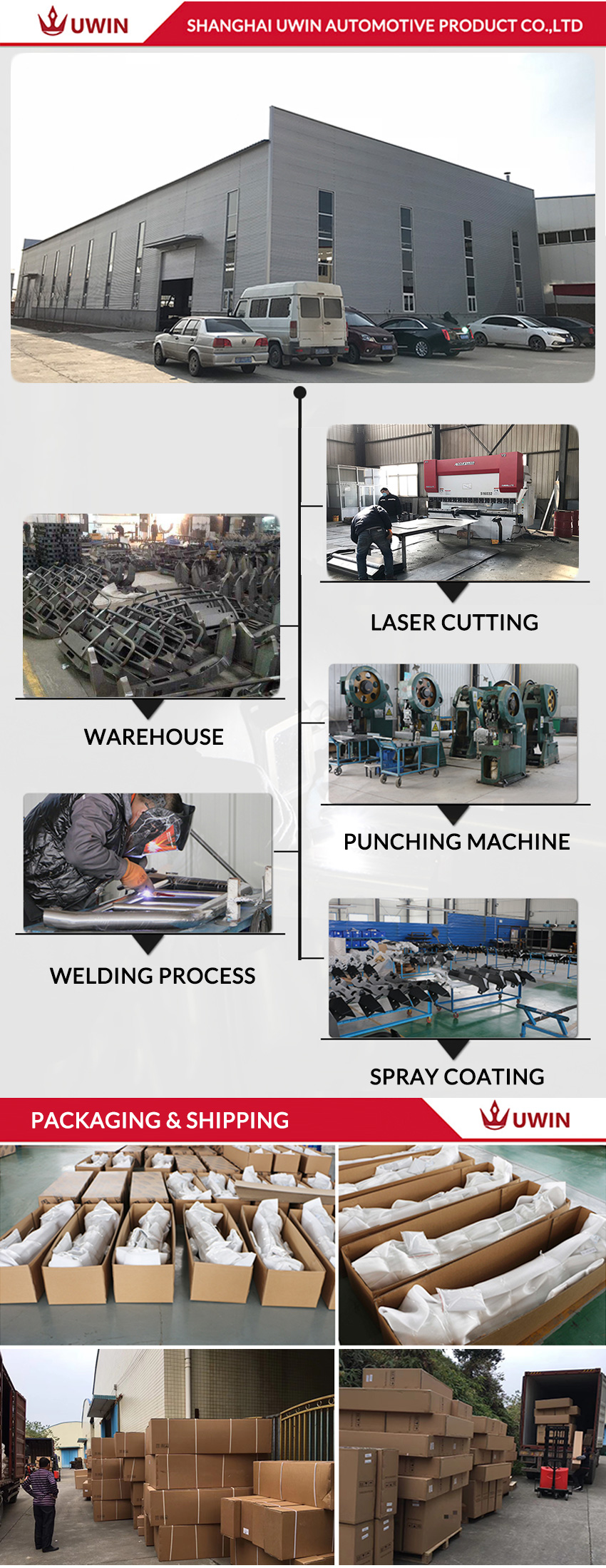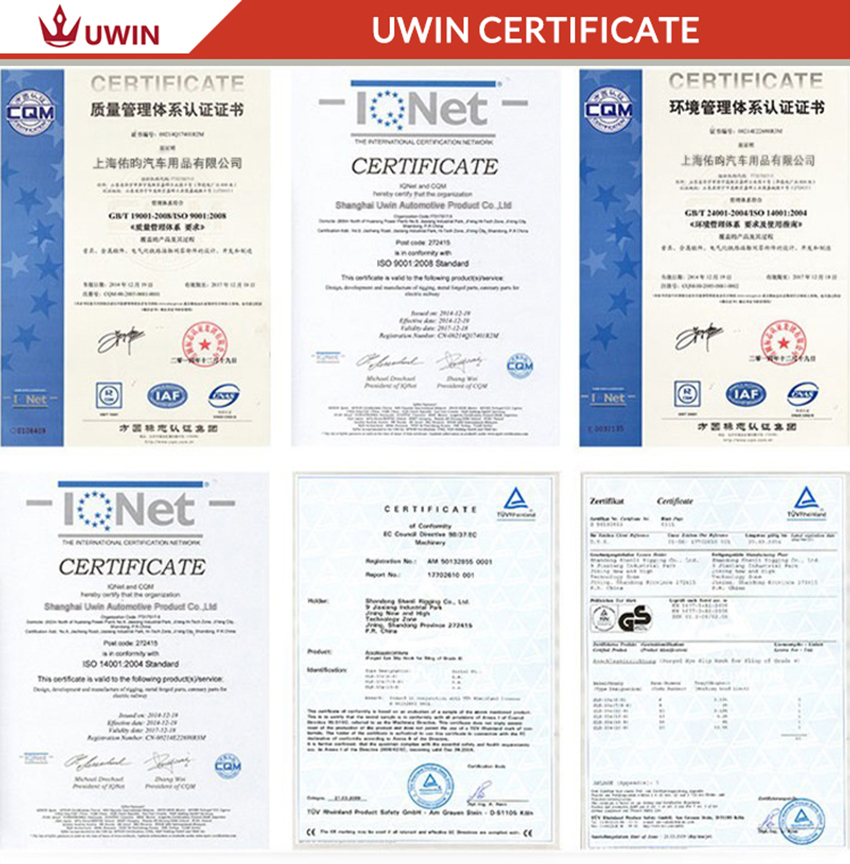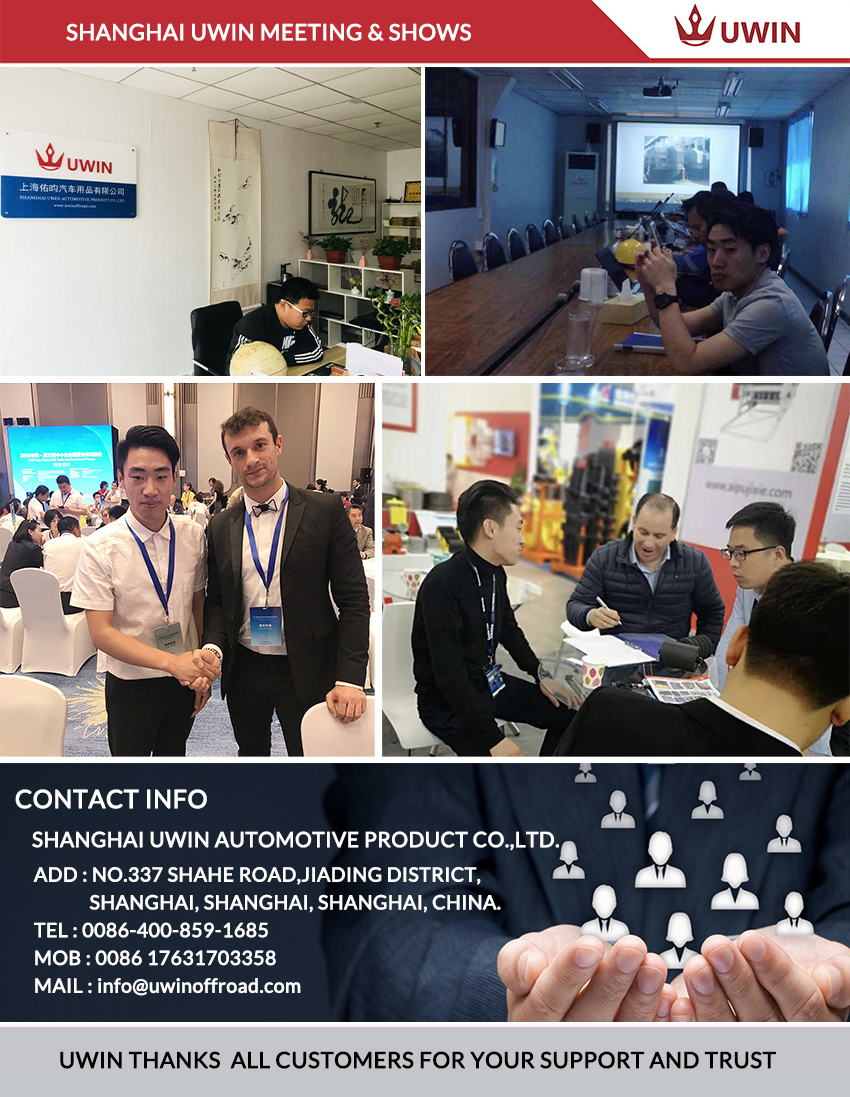Experimental study on beneficiation process of a complex copper oxide ore
Copper oxide ore reserves are abundant in our country, it is an important part of China's copper resources. The characteristics of oxidized ore are loose and brittle structure, more water-containing mud, high combined copper content, unevenly embedded fine particles, mixed oxygen and sulfur. When using flotation method to treat oxidized ore, its flotation index is generally lower than that of sulfide ore, and the cost of ore dressing is higher than that of sulfide ore. Therefore, the search for a technically feasible and economically reasonable treatment method for copper oxide ore is one of the important research topics in copper beneficiation [1] . A copper oxide ore is a carbonaceous slate structure with an oxidation rate of 57.47%. In this study, flotation experiments were carried out on the copper oxide ore. First, the nature of the ore (1) Spectral analysis. The results of the ore spectral analysis are shown in Table 1. Table 1 Raw ore spectral analysis results% (2) Multi-element analysis of raw ore. The results of multi-element chemical analysis of raw ore are shown in Table 2. Table 2 Multi-element chemical analysis results of ore (3) Analysis of the original copper phase. The results of the analysis of the copper phase of the ore are shown in Table 3. Table 3 % of raw ore copper phase analysis results (4) Mineral composition of ore. The main metal ore chalcopyrite mineral square, chrysocolla; gangue minerals quartz, followed plagioclase, white mica, dolomite, kaolin and the like. The ore sample has a high carbon content (1.82%) and is a carbonaceous slate structure. Due to the high carbon content in the ore, it may seriously affect the product grade. Second, mineral processing test research (1) Pre-decarburization test Because the ore contains a high carbon content of 1.82%, the carbon is also selected at the same time as the copper is selected, so that the copper concentrate is too high in carbon, which may result in a low copper concentrate grade. The flotation process is used to pre-purify the carbon before the copper is selected to reduce the interference of carbon in the copper selection. Pre-probe test process is a decarburization roughing, test conditions: grinding fineness 75% -200 mesh, coal oil collector dosage 100g / t. The test results are shown in Table 4. Table 4 Pre-decarburization exploration test results% It can be seen from Table 4 that if the ore is decarburized in advance, the copper sulfide which is better floated in the ore is floating with the carbon concentrate, and the copper is lost in the carbon concentrate by 20.11%. The copper loss is too large, so the pre-decarburization process is not considered. . (II) Principle Process Test Research According to the nature of the ore, copper mineral is the main recycled mineral; the copper has an oxidation rate of 57.47% and belongs to oxidized ore. The main beneficiation methods of copper oxide ore: 1. Priority flotation. The copper sulfide is floated first and then the copper oxide is floated. 2. Mixed flotation. Copper sulfide and copper oxide are mixed and floated. Mixed flotation reagent conditions: grinding fineness - 200 mesh accounted for 75%, sodium sulfide 1000 + 500 g / t, Ding xanthate 100 + 50 g / t, pine oil 80 + 40 g / t. The preferred flotation and mixed flotation principle processes are shown in Figures 1 and 2, respectively. The process test results are shown in Table 5. Figure 1 Priority flotation principle process Figure 2 Mixed flotation principle process Table 5 Process flow test results% It can be seen from Table 5 that the grade and recovery rate of the copper concentrate obtained by the mixed flotation are higher than those of the copper concentrate obtained by the preferential flotation, especially the recovery rate of copper can reach 71.68%. Therefore, the flotation principle process of the ore is determined to be a mixed flotation process. (III) Experimental study on grinding fineness Grinding fineness is the key to affecting the ore dressing index. The purpose is to dissociate the minerals in the ore and grind the ore to a particle size suitable for flotation. When grinding, it can't be over-grinded. Over-grinding can cause new over-grinding and muddy; it can't be under-grinded, and under-grinding can make the useful minerals not dissociate, which is not conducive to the improvement of mineral processing technical indicators. The grinding fineness test procedure is shown in Figure 2. The test conditions are: sodium sulfide 1000+500g/t, butyl xanthate 100+50g/t, and pine alcohol oil 80+40g/t. The effect of grinding fineness on coarse concentrate is shown in Figure 3. Fig. 3 Effect of grinding fineness on copper concentrate â—†-Bronze grade; â—-copper recovery rate It can be seen from Fig. 3 that as the grinding fineness becomes finer, the recovery rate also increases; when the grinding fineness is -200 mesh and more than 75%, the recovery rate increases slightly, the grade decreases significantly, and the grinding fineness The finer the grinding, the greater the cost of grinding. Comprehensive consideration, this test uses grinding fineness -200 mesh accounted for 75%. (4) Activator type and dosage test Activators of copper oxide minerals fall into two categories: inorganic activators and organic activators. Sodium sulfide is commonly used as an inorganic activator, and dithiophenol thiodiazole (D 2 ) is commonly used as an organic activator [2] . The main research on the type and dosage of activator was carried out. The test procedure for the type and dosage of activator is shown in Figure 2. The test conditions: grinding fineness - 200 mesh accounted for 75%, Ding xanthate 100 + 50 g / t pine alcohol 80 + 40 g / t. The effect of the amount of D 2 on the copper concentrate is shown in Figure 4. The effect of the amount of sodium sulfide on the copper concentrate is shown in Figure 5. Figure 4 Effect of D 2 dosage on copper concentrate â—†-Bronze grade; â—-copper recovery rate Figure 5 Effect of sodium sulfide dosage on copper concentrate â—†-Bronze grade; â—-copper recovery rate As can be seen from Fig. 4 and Fig. 5, sodium sulfide has a better effect than D2, and the recovery rate is relatively high, and when the amount of sodium sulfide is 2000 g/t, the recovery rate is the highest. The suitable amount of sodium sulfide in this test is set at 2000g/t. (5) Experimental study on the types and dosages of collectors Sodium sulfide-xanthate flotation is still the main method for selecting copper oxide ore [4] . In this experiment, three different collectors (yellowxanthin, butyl xanthate, and isoamyl xanthate) were used to investigate the ability of three kinds of agents to capture copper oxide ore. The fixed dosage was 100g/t, which was finally determined. The best kind of medicine. Test conditions: grinding fineness of 75% -200 mesh, sodium sulfide 2000g / t, pine oil 80 + 40g / t. The test procedure for the collector type is shown in Figure 2, and the test results for the collector type are shown in Table 6. Table 6 % of collector test results It can be seen from Table 6 that the recovery rate of the xanthate is not high, and the recovery rate of the xanthate and the isoamyl xanthate is similar, but the yield of the isoamyl xanthate is large and the selectivity is not strong. In this test, Dinghuang was chosen as a collector. After the selection of Ding Huang Yao, the dosage of Ding Huang was tested. The test procedure is shown in Figure 2. Test conditions: grinding fineness - 200 mesh accounted for 75%, sodium sulfide 2000 g /, t pine oil 80 + 40 g / t. The effect of Dinghuang medicinal amount on copper coarse concentrate is shown in Fig. 6. Figure 6 Effect of Ding Huang medicinal amount on copper concentrate â—†-Bronze grade; â—-copper recovery rate It can be seen from Figure 6 that with the increase of the dosage of Dinghuang, the copper recovery rate also increases; when the Dinghuang drug exceeds 150g/t, the recovery rate increases slightly and the copper grade decreases significantly. In this experiment, the dosage of Dinghuang was 150g/t. (6) Mixed collector test The application of mixed collectors often shows better sorting results than the use of a separate collector. This is because the interaction between the agents, the agents and the minerals interact with each other, promoting and strengthening the process to produce a "synergistic effect". The mixed collector is generally composed of a main collector with high recovery ability and another auxiliary collector with better selectivity and favorable for improving the concentrate grade. The latter has a large foaming capacity. Impact [3] . In this test, KM-209, Z-200, butylamine black drug, aniline black drug and 25 # black drug were used as auxiliary collectors. The dosage of fixed Dinghuang was 100g/, and the dosage of t auxiliary collector was 50g/t. . Test conditions: grinding fineness is 75%-200 mesh, sodium sulfide 2000g/, t-spinol oil 80+40g/t. The mixed collector test procedure is shown in Figure 2, and the mixed collector test results are shown in Table 7. Table 7 Mixed collector test results% It can be seen from Table 7 that the recovery rate of concentrates added to the auxiliary collector is higher than that of the single Dinghuang drug; the recovery rate of concentrate of butylamine black drug and KM-209 is higher, but the yield of butylamine black drug is higher. Big. This test selected KM-209 as an auxiliary collector. (VII) Mixed flotation closed circuit test Through the above a large number of condition tests, it can be seen that the best results can be obtained when the grinding fineness -200 mesh accounts for 75%, the sodium sulfide dosage is 2000 g/, and the t-mixing agent (Dinghuangxuan + KM-209) is used at 100+50 g/t. In order to ensure the grade and recovery rate of the concentrate, one rough selection, three selections and three sweeps were selected as the mixed flotation closed circuit test procedure, as shown in Fig. 7. The results of the mixed flotation closed circuit test are shown in Table 8. Figure 7 Hybrid flotation closed circuit process Table 8 % of mixed flotation closed circuit test results It can be seen from Table 8 that the mixed flotation closed-circuit test can obtain the copper concentrate grade of 16.08% and the copper recovery rate of 75.04%. Third, the conclusion 1. The test ore sample contains 0.68% copper and the copper oxidation rate is 57.47%. The main metal minerals in the ore are chalcopyrite and chrysocolla; the gangue minerals are mainly quartz, and the rest are plagioclase, muscovite, dolomite, kaolin and so on. 2. The combined copper oxide in the ore accounts for 26.47%. The copper in the combined copper oxide mineral is often combined with the oxides of silicon, aluminum , calcium, magnesium and manganese in the ore to form difficult monomer dissociation. The collection of copper minerals with easy flotation characteristics is not optional copper, which affects the recovery rate of copper. 3. For the ore properties of the mine, a large number of explorations and conditional tests were carried out in this test. The mixed flotation process of copper oxide and copper sulfide was used, and the mixed collector was added. The final closed-circuit test obtained the copper concentrate grade of 16.08%. The copper recovery rate is 75.04%. 4. In order to improve the grade of copper concentrate, this experiment also selects the addition of lime to the copper concentrate, but the grade of copper concentrate is not much improved. The copper content in the selected tailings is high, and the effect is not satisfactory; if necessary, further research. references [1] Zhou Yanxi. Development and processing technology of non-ferrous metal mineral resources: mineral processing part [M]. Kunming: Yunnan Science and Technology Press, 2000. [2] Mao Surong. Treatment process and prospect of refractory copper oxide ore [J]. Foreign metal ore dressing, 2008 (8): 58. [3] Liu Dan. Experimental study on mineral processing technology of a refractory mixed copper ore[J]. Comprehensive Utilization of Mineral Resources, 2010(2): 1114. [4] Chen Jiamo. Flotation separation of polymetallic sulfide ore [M]. Guiyang: Guizhou Science and Technology Press, 2001. Author unit Kunming University of Science and Technology (Tang Youyou) Technical Center of Yunnan Metallurgical Group Corporation (Thunder, Zhang Hanping)
Shanghai Uwin Automotive Product Co., Ltd, we`re in business of 4x4 accessories and offroad product, mainly producing Jeep Wrangler Bumper, Dyneema Winch Rope, Synthetic Winch Line, Tree Saver Strap , Screw Pin Shackle , Winch Hawse Fairlead and many kinds of off-road accessories.We've been doing OEM for branded companies for year, we`re professional and experienced.
Our design features aggressive lines and reinforcement bends throughout the bumper creating an engineered "strength by design" structure designed to protect your jeep from obstacles both on and off road. Designed with rock crawling in mind, we achieve the highest ground clearance possible without extensive frame modifications. Jeep Jk Front Bumper,Wrangler Front Bumper,Jk Mid Width Front Bumper,Mid Width Front Winch Bumper Shanghai Uwin Automotive Product Co.,Ltd , https://www.uwinoffroad.com
















